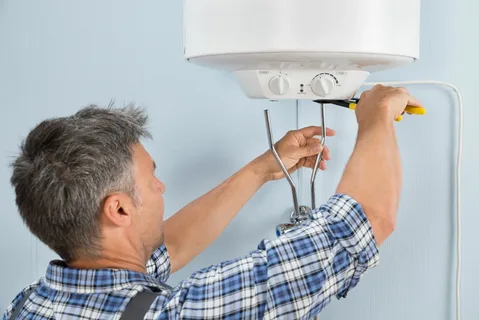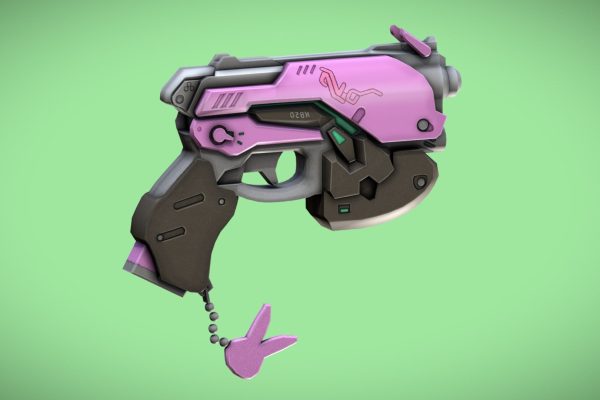For years, hospital emergency departments have struggled to keep up with their patient loads. That’s especially true since the onset of COVID-19. Overcrowded EDs create unique problems that other care providers don’t generally face, and administrators are always looking for ways to mitigate workflow issues in EDs. There are several issues overcrowding creates in EDs.
In recent months, overcrowded EDs have led to longer waits for treatment, patients being kept in hallways rather than treatment areas, and slowed admittance times. While staffing is a consistent issue in EDs around the country, even understanding the importance of a crash cart can impact the level of patient care. However, there is no simple solution to the workflow issues now being experienced in hospital EDs. To understand the complexity of the issues facing hospitals, let’s explore the effects of overcrowding problems routinely experienced in hospital EDs.
- Overcrowding Threatens Care Quality. When EDs are overcrowded, performing routine workflow activities is difficult or impossible. Corners tend to be cut as staff members rush from one patient to the next. Stress levels increase among staff and patients, further exacerbating the care delivery problems.
- Hospitals Lose Money When Patients Leave. When overcrowding is an issue, patients will leave rather than wait for care. That’s a significant issue, as the facility’s bottom line suffers when patients leave without being treated.
- Communities Lose Trust in the Hospital. When patients don’t feel they’re treated promptly or thoroughly, they are dissatisfied with the hospital. That erosion of trust means they may seek care elsewhere in the future and recommend their friends do the same.
- Hospitals Will Be Required to Report ED Crowding. Because ED overcrowding has become such a significant issue, hospitals will soon have to report overcrowding issues to the Centers for Medicare and Medicaid Services (CMS). Slow treatment times will impact future Medicare payments. That’s a huge issue and will prove costly to institutions that don’t take steps to improve their ED workflow.
Since each hospital’s issues will vary to some degree, each one will need to develop a plan to deal with patient flow in their ED.
Dealing With Workflow Issues in an ED
Rectifying ED workflow issues won’t be easy, and the process will require buy-in from staff members. Today, healthcare experts routinely recommend forming workflow teams designed to improve their ED room care delivery. Members of the team should be chosen carefully to ensure adequate input is available when making recommendations.
First, administrators must determine who will lead the workflow teams. Generally, there should be more than one leader to guarantee balanced input is considered. Staff members must be allowed to take the time necessary to complete their tasks, and senior staff leaders must be willing to work closely with the workflow team.
Next, remember that staff members are more likely to support changes if they have input into deciding what those changes will be. Without staff buy-in, the likelihood of improvement measures is significantly reduced. The staff members consulted should be from all levels in the ED.
Followup as Needed to Track Improvements
Once improvements are implemented, tracking how well they work is crucial. Some changes will work, but others may not. When changes don’t deliver the results needed, look at ways to enhance those changes or replace them. Workflow improvement won’t happen overnight, so patience is needed to give the changes time to take hold in the ED. Remember that crash cart mentioned above? Even replacing old, mismatched, and outdated crash carts with new ones will require the staff to get used to the new equipment, so don’t expect dramatic, immediate workflow improvements.





